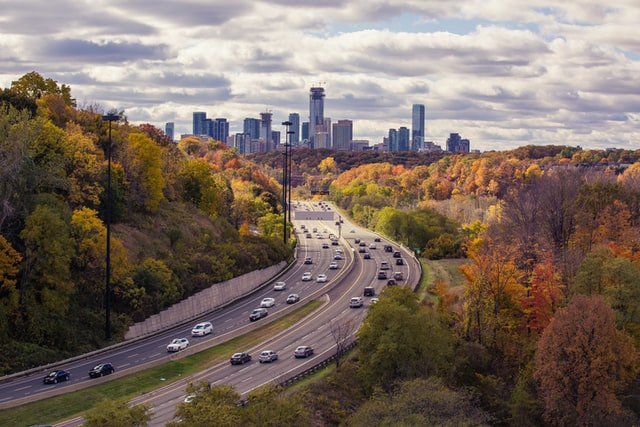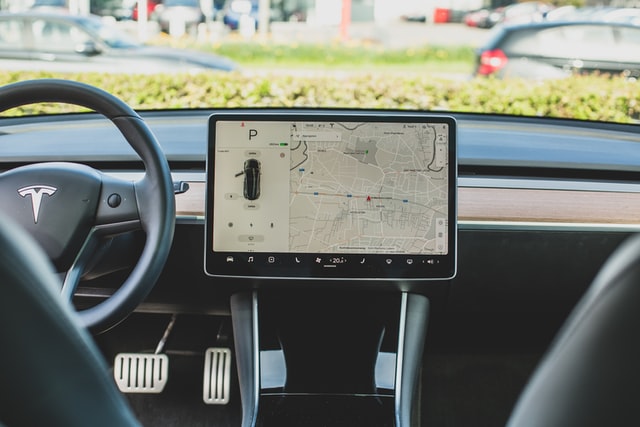The future of auto insurance: auto insurance in 2022

The last few years have been very strange for Canadians, provided the ongoing pandemic, interruptions in the economy, and unusual weather extremes. Suffice to say, we’ve all needed to adjust some way or another – whether that means working from home, driving less, and living life virtually. Ultimately, the pandemic has caused a lot of changes - including in the auto insurance world.
How did auto insurance change in 2020 and 2021? When the pandemic first began, there were so few drivers on the road and, as a result, so few claims that insurance companies were prompted to send refunds to their customers. Due to stay-at-home orders, there was less or no need for many families and individuals to hit the roads at all.
Then came 2021. The country began to open back up. Unfortunately, as more drivers started to get back out on the road there was an unexpected increase in accidents – quite likely due to a lack of practice. Tickets went up, and auto insurance rates spiked.
Now with 2022 on the horizon, what does the new year hold for auto insurance? Will rates continue to rise? How will the pandemic continue to impact our coverage? Read on for some insight.
Rates are projected to (eventually) plateau in 2022.
Insurers all calculate risk differently, which is partly why you can’t expect auto insurance to cost the same between each insurance company. Some companies offer different discounts. With current data it is expected that auto insurance rates may continue to increase slightly before plateauing later in the new year. It should be noted that two major influences, which may still be prevalent well into the future, are inflation and existing supply chain issues. If you have an older vehicle, you may expect that your insurance rates won’t budge too much given that parts are much easier to find and, in the event of an accident, easier to replace.
However, there’s another issue: the shortage of cars all around, both used and new. This means that totaled vehicles will be harder to replace. This trend may significantly impact premiums in 2022. What’s the takeaway? Generally, auto insurance costs will become more expensive. You can mitigate the uptick in price to some degree by raising your deductible, installing car alarms, or asking about qualifying discounts.
How will automated vehicles impact insurance?

The future of driving is looking driverless. As vehicles become progressively more automated, with largely automated vehicles coming to Canadian roads, there is a necessity for updated laws – and changes in the way that insurance works – to ensure that anyone involved in a collision or accidents receives fair compensation as fast as possible. In addition, it looks like safety standards for our vehicles may need to change to reflect a higher dependency on automated technology.
As it stands today, insurance is designed such that human error is the major cause of accidents. It is estimated that around 95% or higher of accidents can be attributed to human error. However, as vehicles become more autonomous, collisions will become largely due to product malfunction. Ideally, this will decrease the risk of accidents and collisions altogether. Yet when accidents do happen, there needs to be a shift in the way that insurance works – possibly having injured individuals proceed through product liability litigation – in order to receive their fair compensation. The way that product liability litigation operates today may mean that there will be a much longer wait for compensation for those that have been injured while riding in automated vehicles or are injured in accidents with automated vehicles. So, what needs to change?
We’re a long way from entirely automated vehicles, but we could start seeing entirely driverless cars in the next ten years. Insurance may need to change to reflect that, which means it could involve the adaptation of a single insurance policy which covers both automated technology and driver negligence to expedite liability claims. In addition to this, there may need to be a data-sharing arrangement established between vehicle owners (or insurers) and vehicle manufacturers so that the cause of an accident or collision may easier be established.
The bottom line: insurers will need to change the way that they view risk to adapt to the way that driverless vehicles are being used on public roads. The hope is that the switch to autonomous vehicles will significantly decrease the amount of collisions and accidents on public roads, reducing mortality rates due to accidents and keeping us all much safer while we get from Point A to Point B.

